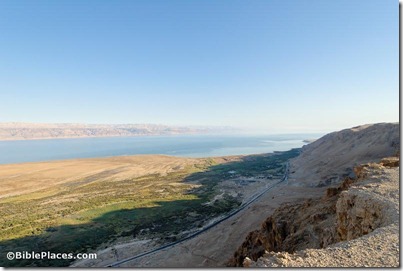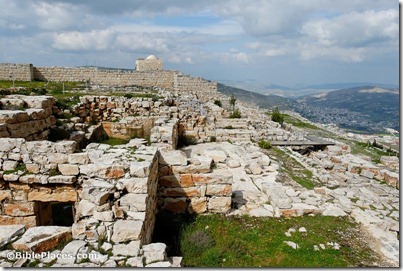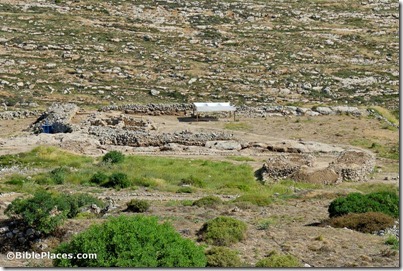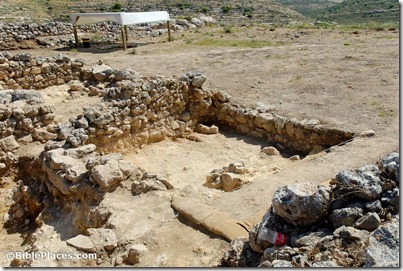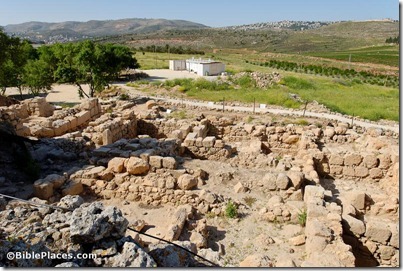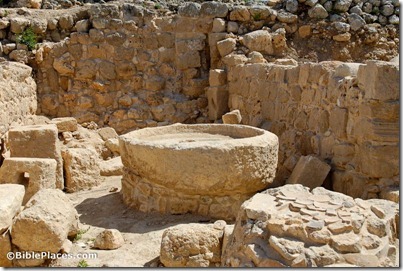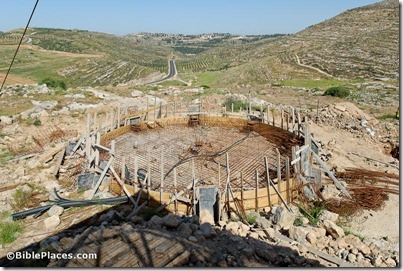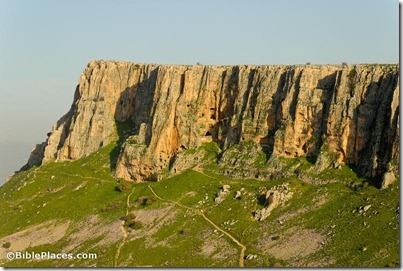This week we are going to give away two copies of the Israel Collection (volumes 1-5) of the Pictorial Library of Bible Lands. Just as any father likes all of his children, I like all 18 volumes. But since these are not children, I can say without hesitation or fear of repercussion that the first five volumes are my favorite ones.
Israel is not only the center of God’s redemptive plan for the world, but it was my home for a long time. These photos reflect that, not only in terms of comprehensive coverage, but also in quality of photos because of repeated visits in various seasons and at different times of the day.
If you asked a father to describe a few characteristics of his children, he would beam with joy and respond immediately. I’m not going to tell you about my five children, but I will offer a few words about these five volumes.
Galilee and the North – my favorite place in Israel is on the shore of a lake where Jesus walked, talked, and gave us a tiny taste of the kingdom to come.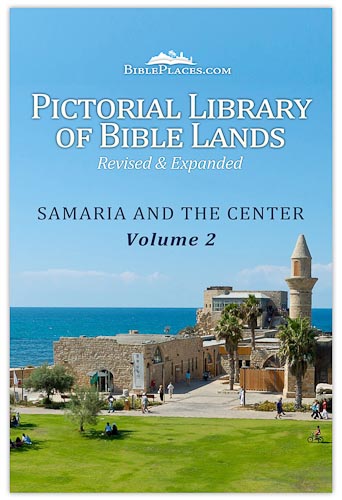
Samaria and the Center – this volume easily wins the “most improved” award because so many of the sites had restricted access during the years I was making the previous editions (Shiloh, Shechem, Samaria, Jericho, etc.).
Jerusalem – the “city of the Great King” is my favorite city in the whole world. I could teach a whole course on it. But I enjoy even more a quiet stroll along the walls in the early morning.
Judah and the Dead Sea – this really is a 3-in-1 volume, with about 700 photos of the Judean Wilderness and the Dead Sea area, another 300 photos of the Hill Country, and another 500 of the Shephelah and Coastal Plain. 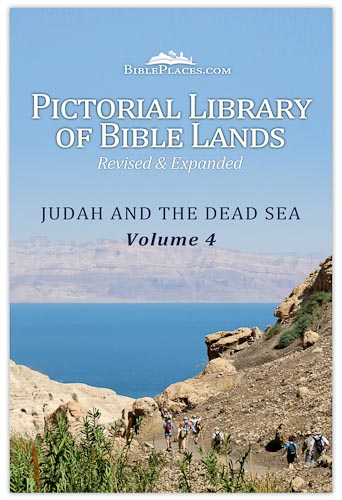
Negev and the Wilderness – I added a lot to sites previously included (Beersheba, Arad, tabernacle model, etc.), but a LandRover and some great friends got me to beautiful places you’ll probably never see. Indeed, the wilderness is “vast and dreadful,” but it also is majestic and inspiring.
This week you can sign up to win one of two free copies. One will be given away to entrants who use the email form. The other will go to those who enter with PunchTab. You can enter either or both. If you don’t win, you can purchase the Israel Collection with all of its 6,000 photographs for $149.99. If you do win and you already own the collection, we’ll refund your purchase or surprise you with something else. The drawing ends this Friday at 10 am Pacific Time.
(We need your email address to notify you if you win. We will not use it for anything else.)
